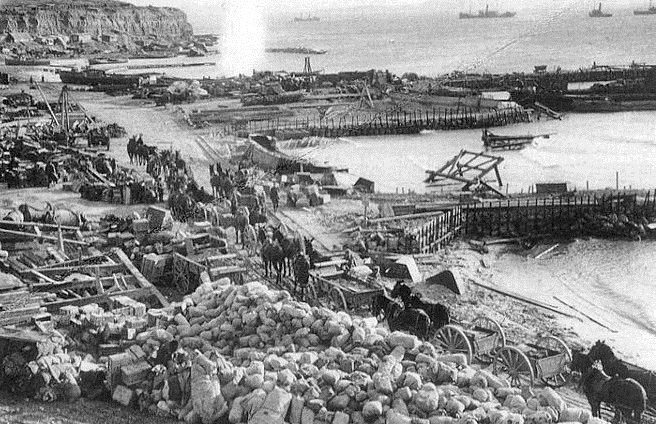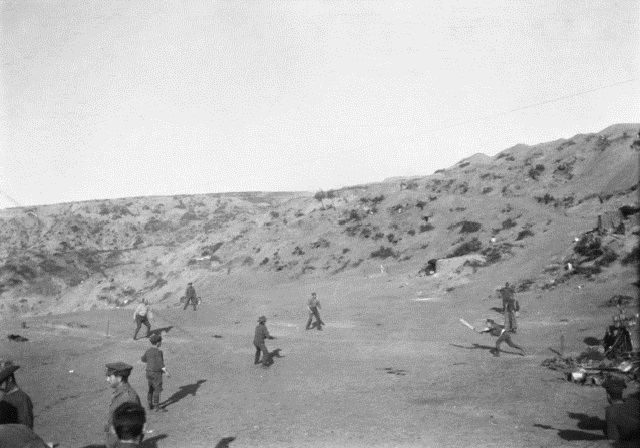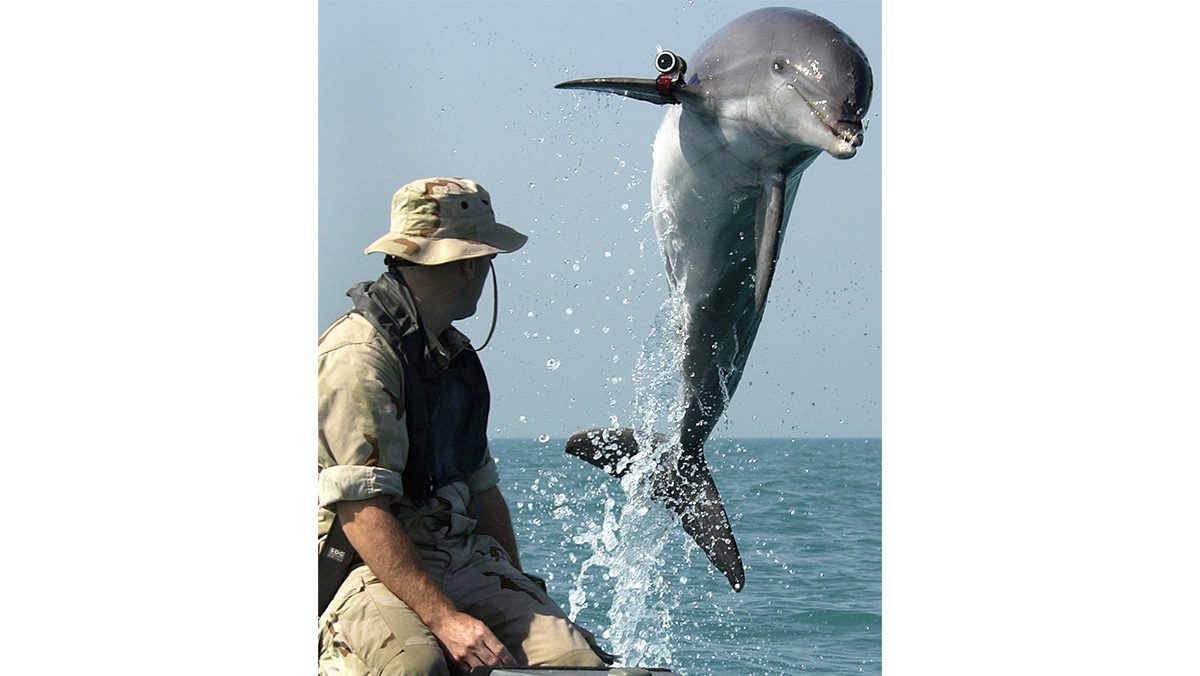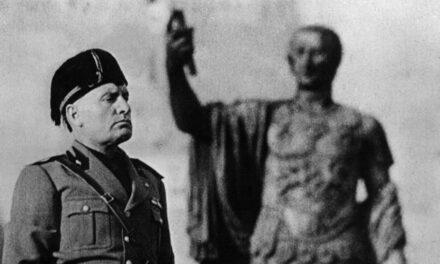TWELVE DAYS AT ANZAC: THE EVACUATION
Reading time: 7 minutes
Over one hundred years ago, one of the most remarkable operations in military history occurred at the Dardanelles with the evacuation in December 1915 of 83,000 Australian, New Zealand, British and Indian troops from the Gallipoli Peninsula without a single loss of life. It will, as, one contemporary German correspondent reporting from the Turkish lines exclaimed, ‘stand before the eyes of all strategists as a hitherto unattained masterpiece’.
By Ann Moyal
For several months British policy towards the battle of the Mediterranean Expeditionary Force in the harsh ranges and gullies of the Turkish peninsula had vacillated in London. By October 1915, stalemate on the ground with evidence that the Turks were strengthening their resources of armaments and manpower, coupled with the prospect of a predicted icy winter on the Peninsula, contributed to an atmosphere of division and uncertainly in the Cabinet and the War Committees. The principal architect of the Gallipoli campaign, Winston Churchill, had been reluctantly forced out as First Lord of the Admiralty in May, but, resigning from the Cabinet in mid-November, he was still urging the government to carry on the battle to take Constantinople with reinforcements ‘by land or by sea’ while ‘time remains’. The idea, however, of a withdrawal from the Dardanelles in favour of total strategic commitment to the Western Front was gaining force.
Presented with the concept, General Sir Ian Hamilton declared it ‘unthinkable’, a course threatening massive and tragic loss of life. But on 16 October, Hamilton himself was recalled from his post as Commander-in-Chief of the Mediterranean Expeditionary Force and replaced by General Sir Charles Monro, who had commanded the British Third Army in France. Monro, committed to full support for the Western Front, swiftly supported evacuation and, with the arrival of the Secretary of State for War, Lord Kitchener, at Anzac on 13 November, the die was cast. A former strong advocate for continued military resistance at the Dardanelles, Kitchener, observing the urgent need for reinforcements on the Peninsula, recommended evacuation—a decision accepted by the Asquith Government on 23 November and conveyed to the involved Dominion governments on 7 December.
The problem faced was one of immense complexity. In addition to the 83,000 men at Anzac Cove and Suvla Bay, there were some 5,000 animals, 2,000 vehicles, nearly 200 guns and vast quantities of stores to be evacuated. The casualty estimates ran as high as 40,000 men. The initial decision made by Headquarter Staff on the island of Mudros that the withdrawal be made in three broad stages became the basis of the detailed planning developed by Australian Brigadier-General Brudenell White, chief of staff to General William Birdwood, the commander of the Australian and New Zealand troops at Anzac. Two points were at once pivotal to White: that the evacuation from the Suvla-Anzac bridgehead be simultaneous and that it be conducted at night, and further that a strategy of quiet, but seeming action, be maintained across the days from 8-20 December in order to convince the Turks that nothing unusual was happening. ‘It is upon the existence of perfectly normal conditions’, White insisted, ‘that I rely for success’.
To achieve this, the innovative leader designed a series of feints and stratagems that transformed life on the Peninsula into a charade of brilliant deception. The guns were an essential key. Ordered to cease firing soon after dark each night, they accustomed the enemy to silence. White called it the ‘Silence Ruse’; to the fighting men it became the ‘Silent Stunt;’ their compliant secrecy was vital. In addition, thousands of extra fires were lit each morning while columns of men and animals were marched about to add to the appearance of the troops preparing to go to winter quarters. While the Turks were free to observe men disembarking daily from barges, and donkeys hauling supplies, they remained unaware that the same players were performing those tasks each morning. Meanwhile, tunnellers were busy placing tons of high explosives under the Turkish trenches and tunnel lines.
The closeness of the enemy to the Anzac trenches was a singular hazard. At times no more than a few yards separated their positions. At Anzac Cove in particular, as Charles Bean noted in his diary, should the Turks realise that withdrawal was in progress, ‘they had only to thrust forward 300 yards from their central positions to fire down on the troops embarking below’. In daylight hours, however, Allied aircraft surveyed the coast to drive back any German aircraft on reconnaissance.
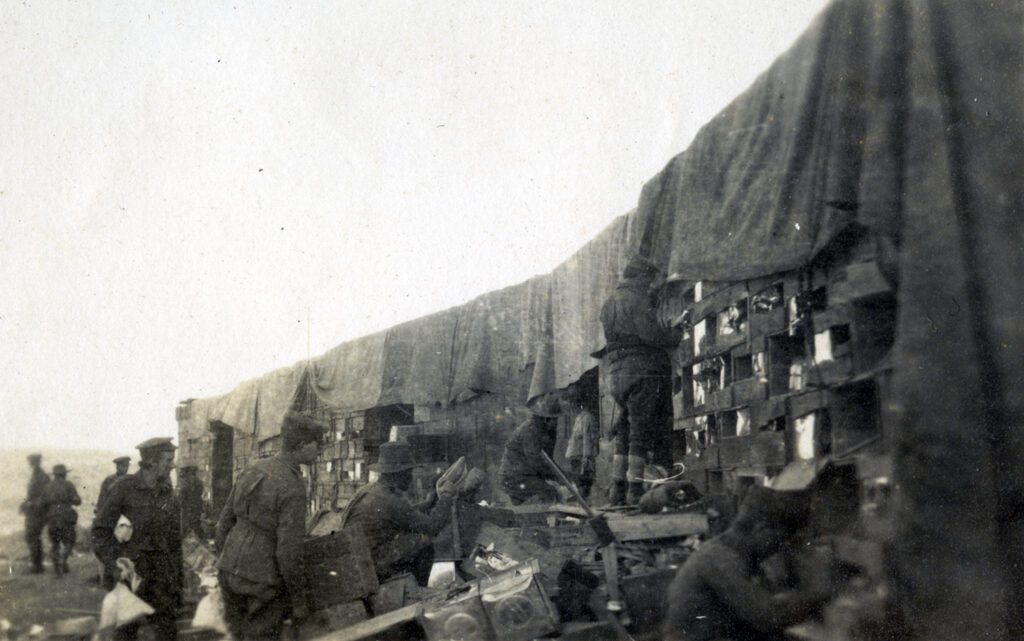
Through it all, Brudenell White was the tenacious mastermind of the evacuation preparations. In his official history Bean extolled this meticulous officer’s calm demeanour ‘explaining whatever was not understood, unruffled, courteous, quiet in voice, showing always an inexhaustible patience.’ From early December, the withdrawal was a mere trickle, at first the sick and wounded and the prisoners of war, followed by a sequenced flow of men coming down from the higher trenches. The paths from the trenches to the sea were marked by lines of flour and sugar to guide the withdrawing troops. To ensure silence, the men’s boots were wrapped in old sacking while layers of blankets were laid on the piers to mute the sound of movement. A scheme of self-firing rifles was devised. Each evening barges and small transports crept in to Anzac Cove and Suvla Bay, vanishing with their loads before daylight.
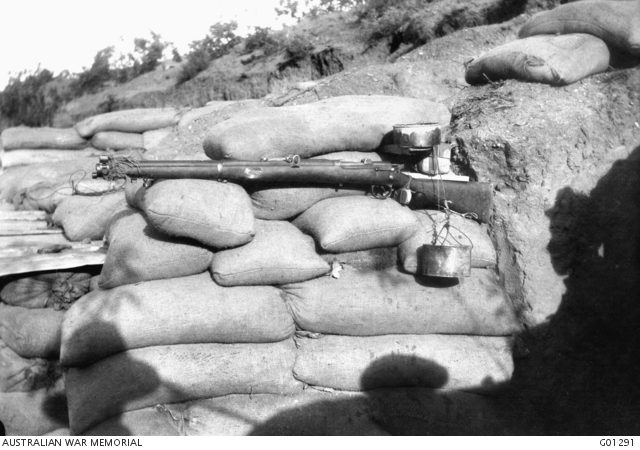
By 18 December the Anzac garrison had been reduced from 41,000 to just over 20,000 troops and most of their equipment had been taken off the beaches. The last 20,000 were to be evacuated in the final withdrawal staged on the nights of 18-19 and 19-20 December. Would the weather hold? The question was of overriding importance. Miraculously the days stayed calm and clear. Early on 20 December the remaining 1,500 men, the so-called ‘die-hards’ carefully selected for this most consequential role, fired their rifles for the last time and at 3am came down in small groups to the waiting boats. The last to leave lit the fuses that would detonate the hidden mines underneath the old front lines and set fire to the huge dumps of abandoned stores on the shore. At 4am, with two last stragglers rounded up, Anzac was deserted, ‘the Ruse’ complete. 16 hours later, a violent storm with torrential rain poured down blew and washed away the piers.
Significantly for the men on the Peninsula, especially those who remained from the April landing, the news that Gallipoli was to be evacuated, conveyed to them officially on 12 December, left them ‘stupefied’. While adjusting to their rigorous orders, their regret ran high. Many went to erect new crosses and tidy the rough cemeteries of their fallen mates. As one reflected, ‘We have a lot of fellows sleeping in those valleys, and we should never have been told to leave them.’ Yet Brigadier-General, John Monash, on the scene with his 4th Brigade at Anzac, pronounced the evacuation ‘a wonderful piece of organization’ due ‘to splendid preparation on the part of the leaders, and splendid and intelligent obedience on the part of the men.’ The master planner, Brudenell White, himself concluded, ‘No body of men could have done more or done it better.’
Yet perhaps that close and prescient observer, Charles Bean, might be allowed to have the last word. Writing in his diary on 20 December after the last Anzacs had left the beach he reflected: ‘well, it’s an extraordinary end to a fine history. The Turks at last have got it—the place they never could take—by our quietly leaving it in the night. And, in the end perhaps, the greatest success we have achieved there is quietly giving it to them without their knowing it’.
This post was originally published in The Strategist.
Articles you may also be interested in

How the Australian Secret Service Helped Overthrow the Chilean Government
HOW THE AUSTRALIAN SECRET SERVICE HELPED OVERTHROW THE CHILEAN GOVERNMENT Recently, documents came to light that showed that the Australian Secret Intelligence Service (ASIS) played a small but active role in the Chilean coup of 1973, when General Augusto Pinochet overthrew the elected government of President Salvador Allende. In this article History Guild takes a […]
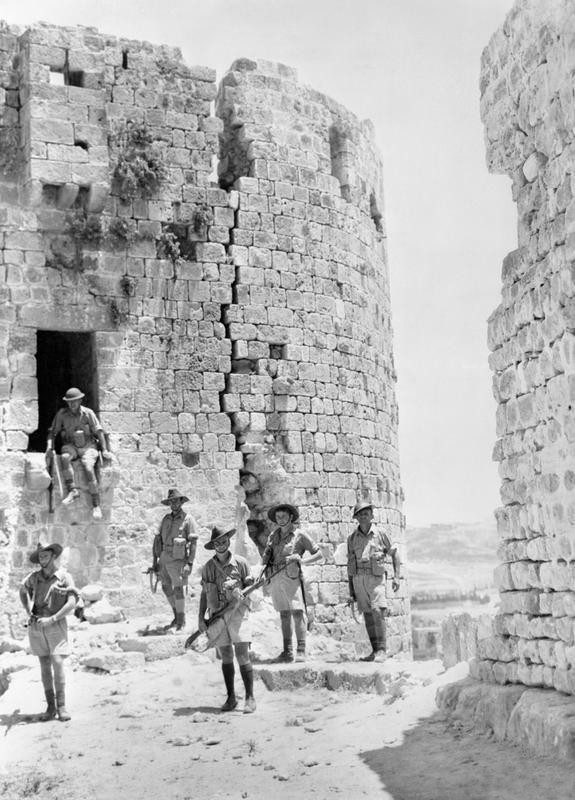
Australia’s War with France
Reading time: 12 minutes
The Nahr al-Kalb, or ‘Dog River’, meets the Mediterranean Sea just north of Beirut, after meandering thirty kilometres downstream from its wellspring in the Lebanon range. A four-lane highway overpass runs along this stretch of coast, and tentacles of concrete obscure the river mouth. The strip of land to the north and south has been reclaimed from the sea. It’s a flat, featureless stretch of windblown sand and garbage. In ancient times, though, the view was very different. The steep riverbanks dropped straight into the ocean, and the Lycus, as the river was then known, was a significant obstacle to conquering armies.
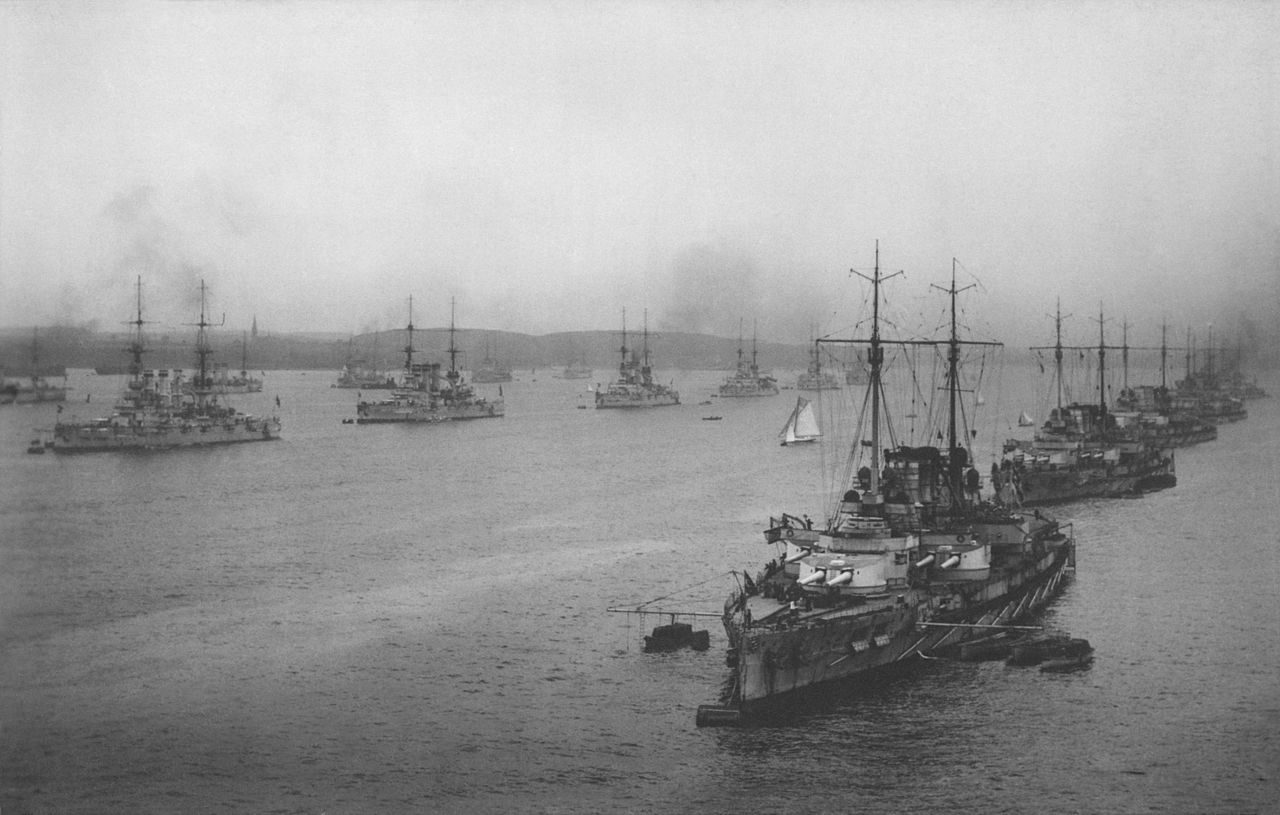
The German naval threat in the Indo-Pacific 1914–15
Among the flood of centenary anniversaries and commemorations, one that slipped past without comment was the destruction of the German cruiser Konigsberg in East Africa on 11 July 1915. Although less well-known than her sister raider Emden, Konigsberg managed to survive for eight months longer. By then, she was the last of the original batch of warships and armed merchant […]
The text of this article is republished from The Strategist in accordance with their republishing policy and is licenced under a Creative Commons Attribution-NonCommercial-NoDerivatives 4.0 International License.

